Are you looking for a credit card that can help you start or improve your credit journey? Do you want to know which cards offer the best features, benefits, and rewards for beginners? If so, you are in the right place. Read this article to expose yourself to some of the best credit cards to start with including the pros and cons of each card, and get some tips on how to apply and use the card responsibly.
By reading this article, you are going to learn how to choose a credit card that matches your situation and goals, whether you are a student, a newcomer to the U.S., or someone who wants to earn high rewards on a secured card. You are also going to discover how to use your credit card wisely and avoid common pitfalls that can hurt your credit score. Don’t miss this opportunity to find the best credit card to start with. Read on!
- Discover it® Student Cash Back
- Discover it® Student Chrome
- U.S. Bank Cash+® Visa® Secured Card
- Capital One QuicksilverOne Cash Rewards Credit Card
- Petal® 2 Visa® Credit Card
- Jasper Mastercard®
Overview of the Best Credit Cards to Start With
How to Apply for the Best Credit Cards to Start With
Pros & Cons of Best Credit Cards to Start With
What to Watch Out For
Pro Tips
1. Discover it® Student Cash Back
9.7/10
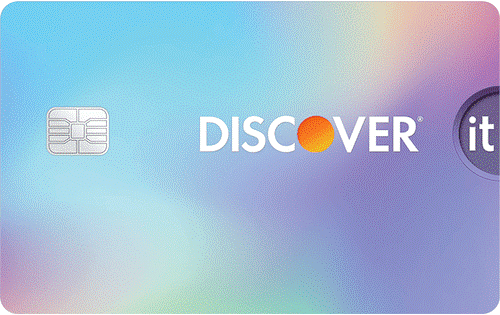
Select this card if you are a student who wants to establish his/her credit.
Pros
- Earn 5% cash back on your daily purchases at different places each quarter like Amazon.com, grocery stores, restaurants, and gas stations.
- Has no annual fee.
- Gives you free access to your FICO® Score.
- Get up to $20 statement credit each school year if your GPA is 3.0 or higher for up to the next five years.
Cons
- Requires you to activate the 5% cash back categories every quarter.
- Requires you to spend $ 1,500 per quarter to earn 5% cash back.
- Lacks wide acceptability outside the U.S.
- Has a high variable APR of 18.24% – 27.24%.
- Charges foreign transaction fee of 3%.
- Has a 0% intro APR for 6 months on purchases, then a variable APR of 18.24% – 27.24%.
- Maintains a 10.99% intro APR for 6 months on balance transfers.
- Deducts a balance transfer fee of 3% or a minimum of $5.
- Has a late payment fee of up to $40 and a returned payment fee of up to $40
- Has a cash advance fee of either $10 or 5% of the amount of each cash advance.
- Has a credit limit of at least $500.
2. Discover it® Student Chrome
9.6/10
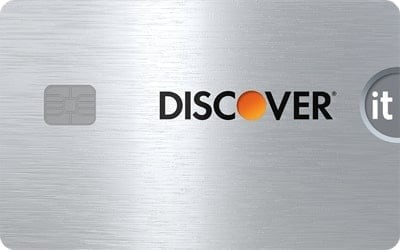
Choose this card if you are a student who mostly spends on gas and dining.
Pros
- Earn 2% cash back at gas stations and restaurants when you spend $1,000 in your combined purchases each quarter.
- Has no annual fee.
- Get free access to your FICO® Score.
- Gives you a $20 statement credit each school year if your GPA is 3.0 or higher for up to the next five years.
Cons
- Demands you spend $1000 per quarter to access 2% cash back.
- Lacks bonus cash back on other categories.
- Lacks wide range acceptability outside the U.S.
- Offers a high APR of 18.24% – 27.24%.
- Has a foreign transaction fee of 3%.
- Has a 0% intro APR for 6 months on purchases, then a variable APR of 18.24% – 27.24%%.
- Has a 10.99% intro APR for 6 months on balance transfers, then a variable APR of 18.24% – 27.24%.
- Has a late payment fee of up to $40 and a returned payment fee of up to $40
- Has a cash advance fee of either $10 or 5% of the amount of each cash advance
- Has a credit limit of at least $500.
3. U.S. Bank Cash+® Visa® Secured Card
9.4/10
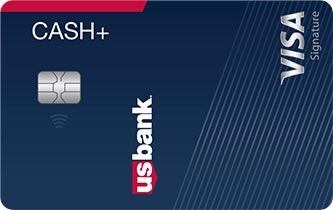
Know that this card is best for high rewards on a secured card.
Pros
- Earn 5% cash back on the first $2,000 in combined eligible purchases each quarter in two categories of choice, 2% cash back on one everyday category (like gas stations or grocery stores), and unlimited 1% cash back on all other eligible purchases.
- Has no annual fee
- Lacks foreign transaction fee
- Enjoy Visa benefits like auto rental collision, and roadside dispatch.
Cons
- Requires you to make a security deposit of at least $300 to open the account.
- Requires quarterly activation of 5% and 2% cash back categories.
- Allows you to only earn cashback on purchases not more than $,2000 per quarter.
- Has 36 months as an expiry date for cash back rewards.
- Has a variable APR of 29.99% on purchases and balance transfers.
- Requires a balance transfer fee of $5 or 3% depending on the amount you are transferring.
- Charges late fee of $40
- Demands cash advance fee of $10 or 5%.
- Gives a credit limit that is equivalent to your security deposit.
- Allows security deposit of $300 to $5,000.
4. Capital One QuicksilverOne Cash Rewards Credit Card
9.2/10
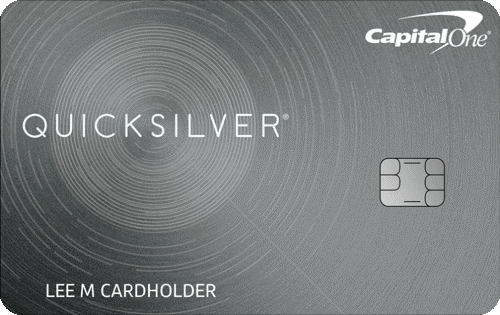
Are you looking for a card with unlimited cash back? This card is best for earning unlimited cash back on every purchase.
Pros
- Earn 1.5% cash back on every purchase daily.
- Lacks rotating categories or sign-ups to earn cash rewards.
- Had no foreign transaction fee.
Cons
- Has an annual fee of $39.
- Demands a high APR of 30.49% variable.
- Terminates your cashback after 12 months of activity on your account.
- Requires transfer fee of either $10 or 3%.
- Has a variable APR of 30.49% on purchases and balance transfers.
- Has a late payment fee of up to $40 and a returned payment fee of up to $40.
- Has a credit limit of at least $300, depending on your creditworthiness.
- Has a grace period of 25 days.
- Has a variety of benefits, such as extended warranty, price protection, travel accident insurance, and auto rental collision damage waiver.
5. Petal® 2 Visa® Credit Card
9/10
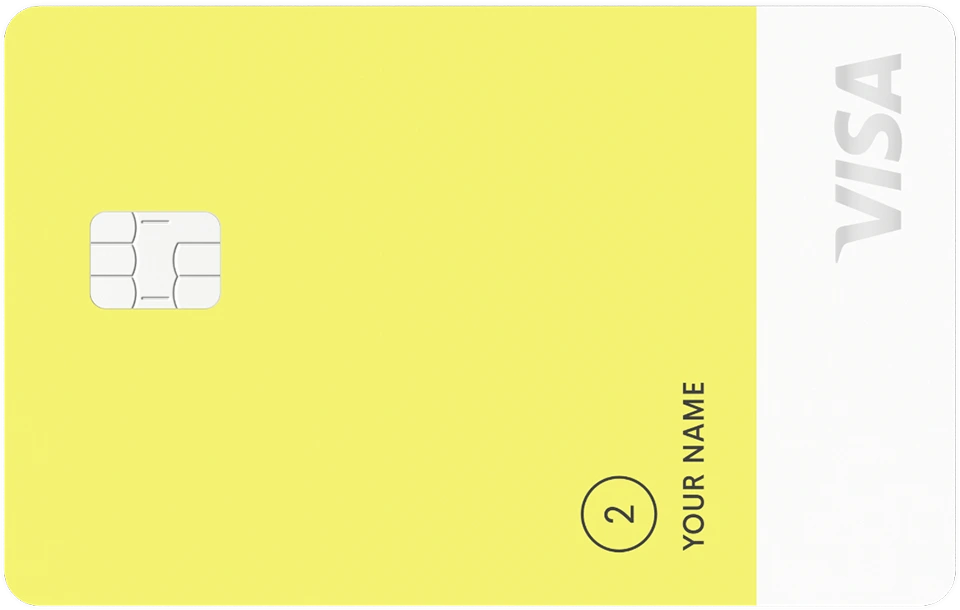
Choose this card if you want the best card for building credit without fees or deposits.
Pros
- Enjoy a fee-free card. No late fee, international fee, annual fee, or any other kind of fee.
- Helps applicants without credit history get approved.
- Earn up to 1.5% cash back after making 12 on-time monthly payments.
- Variable APRs range from 12.99% – 26.99%.
- Reports to all three major credit bureaus.
Cons
- Lacks welcome bonus or introductory offer.
- Limits cash back rewards to select merchants.
- Lacks free access to your credit score or other tools to monitor your credit profile.
- Lacks balance transfer option.
- Lacks additional benefits, such as fraud protection, purchase protection, or travel insurance.
- Has a variable APR of 12.99% – 26.99% on purchases and cash advances.
- Has no penalty APR or minimum interest charge.
- Has a credit limit of $500 – $10,000, depending on your creditworthiness and income.
- Has a grace period of at least 21 days.
- Has a cash advance fee of either $0 or 5%.
6. Jasper Mastercard®
8.9/10
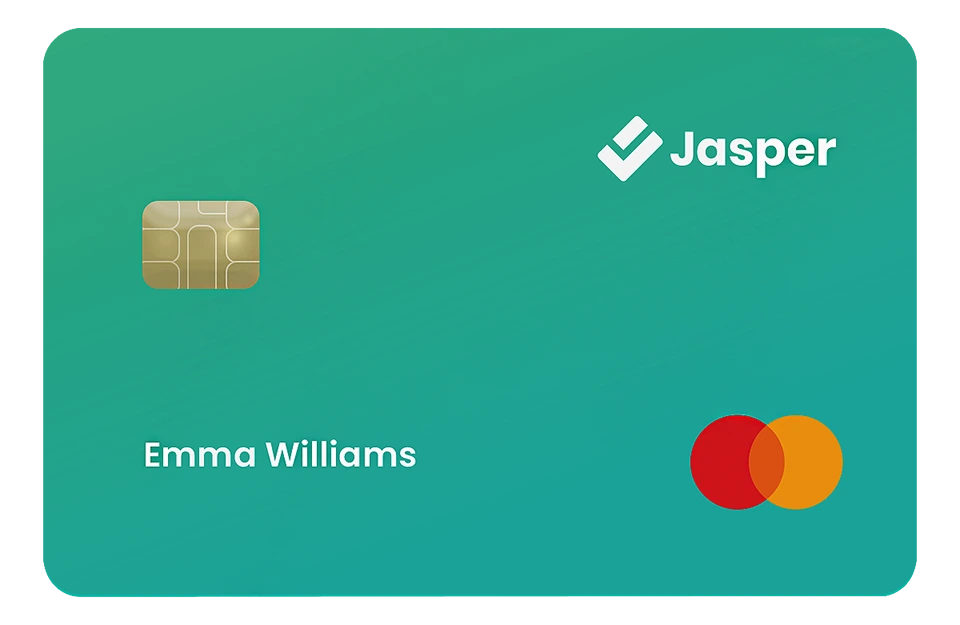
Are you new to the US? Know now that this card is best for newcomers to the U.S. who want to build credit.
Pros
- Requires no credit history to apply in case you don’t have one.
- Has no annual fee.
- Refer friends and earn up to 6% cash back.
- Requires no security deposit or co-signer.
- Enjoy Mastercard benefits, such as identity theft protection, zero liability protection, and cell phone protection.
Cons
- Lacks welcome bonus or introductory offer.
- Has no regular cash back rewards on purchases.
- Has a high APR of 29.49% variable.
- Has a foreign transaction fee of 3%.
- Charges a late payment fee of $27.
- Has a variable APR of 29.49% on purchases and balance transfers.
- Has a balance transfer fee of either $10 or 5%.
- Has a credit limit of up to $5,000.
- Has a grace period of 21 days
- Has a cash advance fee of either $10 or 5%.
Overview of the Best Credit Cards to Start With
Bear in mind that the best credit cards to start with are those that can help you build or improve your credit history, earn rewards on your spending, and avoid unnecessary fees. Depending on your situation and preferences, you may choose a card that suits your needs and goals. You can use these credit cards to build your credit score, earn rewards and miles, save money from annual fees, and enjoy additional benefits like Mastercard or Visa Protection. However, you may face high-interest rates, low credit limits, limited acceptance, and expiration dates for your rewards or benefits.
How to Apply for the Best Credit Cards to Start With
- Learn about your credit score and how it affects your eligibility for different types of credit cards.
- Identify which type of credit card you need, such as a student card, a secured card, or a rewards card.
- Narrow your choices by asking the right questions, such as what are the fees, interest rates, rewards, and benefits of each card?
- Apply for the card that offers you the highest overall value.
- Use your new card responsibly by making payments on time, keeping balances low, and avoiding new debt.
Pros & Cons of Best Credit Cards to Start With
- Pros
- Helps you build or improve your credit history.
- Rewards you for your spending with cash back, points, or miles.
- Helps to save you money by charging no or low fees, interest rates, or foreign transaction fees.
- Provides you with additional benefits, such as free access to your credit score, fraud protection, purchase protection, extended warranty, travel insurance, and more.
- Offers you a higher credit limit or a lower interest rate over time if you use them responsibly and make payments on time.
- Cons
- May have high interest rates, especially if you have a low or no credit history.
- May have low credit limits, which can limit your spending power and affect your credit utilization ratio.
- May have limited acceptance, especially if they are issued by smaller banks or networks.
- May have fewer rewards or benefits than other cards that require a higher credit score or income.
- May have expiration dates or restrictions on your rewards or benefits.
What to Watch Out For
- Check the annual percentage rate (APR), which is the total annual cost of the credit, including interest and fees.
- Pay attention to an annual fee, which is the amount you have to pay every year to use the card.
- Study the credit limit, which is the maximum amount you can spend on the card.
- Evaluate the rewards or benefits, which are the perks you get for using the card, such as cash back, points, miles, discounts, insurance, or protection.
- Read the terms and conditions, which are the fine print that explains the rules and restrictions of the card.
Pro Tips
- Pay your balance in full and on time every month.
- Keep your credit utilization low.
- Choose a card that matches your spending habits and goals.
- Take advantage of the rewards and benefits offered by your card.
- Monitor your credit card activity and credit score regularly.
Recap
Understand that the meaning of the best credit card to start with is not the same for everyone. It depends on your personal situation and goals. For example, if you are a student who wants to build credit and earn cash back on everyday purchases, you may prefer a card like the Discover it® Student Cash Back. If you are a newcomer to the U.S. who wants to build credit without fees or deposits, you may prefer a card like the Jasper Mastercard®. If you are someone who wants to earn high rewards on a secured card, you may prefer a card like the U.S. Bank Cash+® Visa® Secured Card.
The best way to find the best credit card to start with is to compare different cards based on their features, benefits, and suitability for your needs and goals.




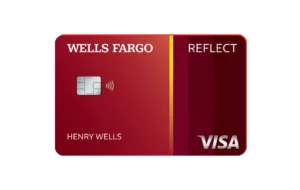

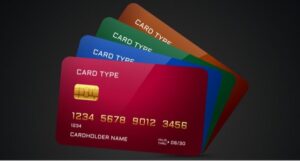

No Comment! Be the first one.